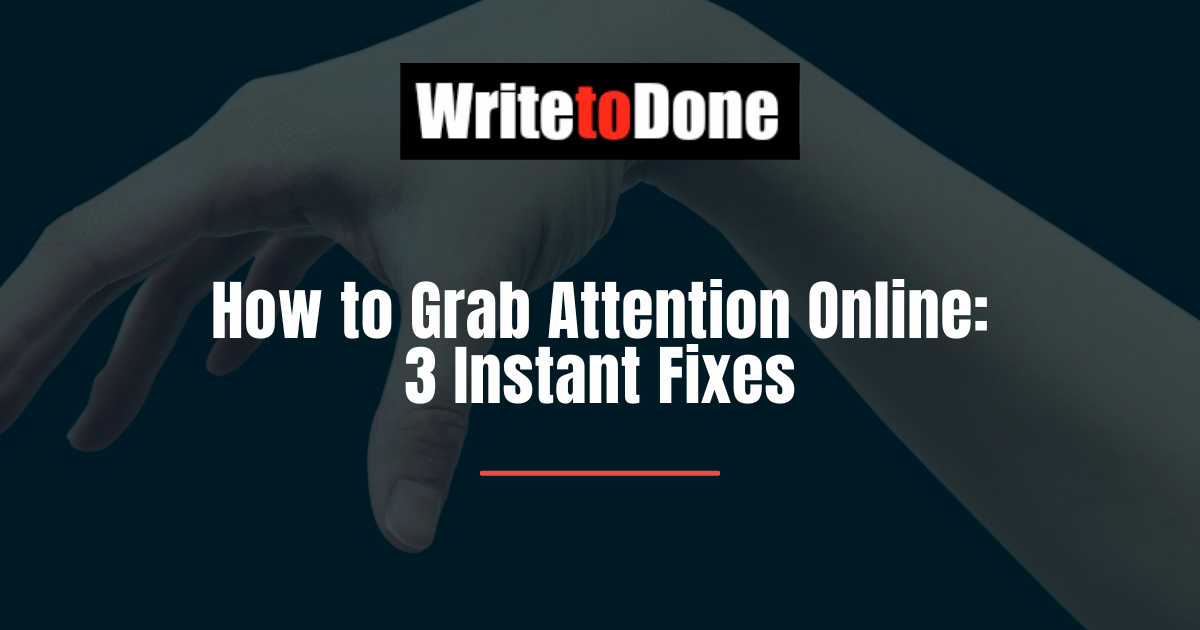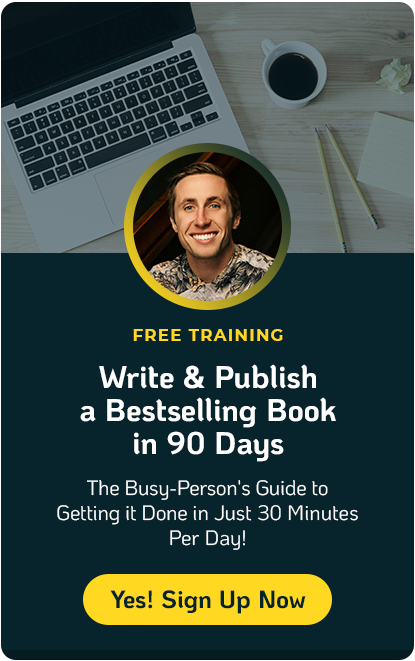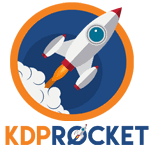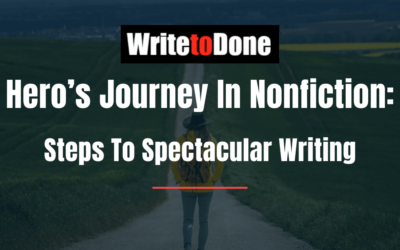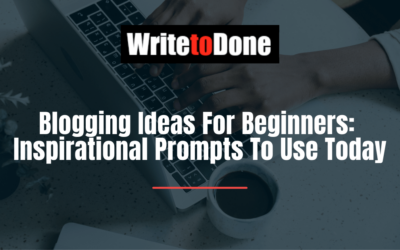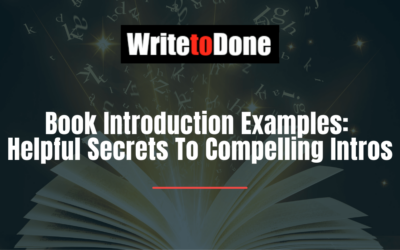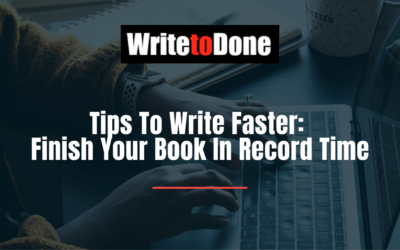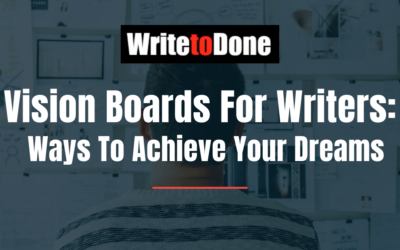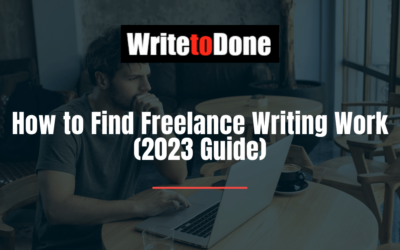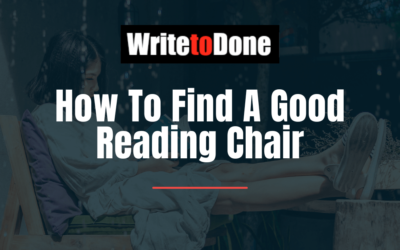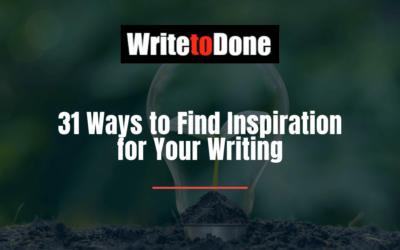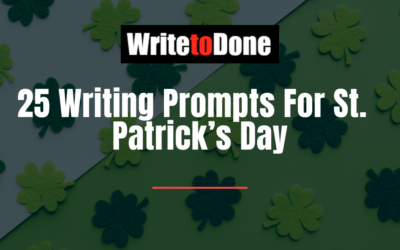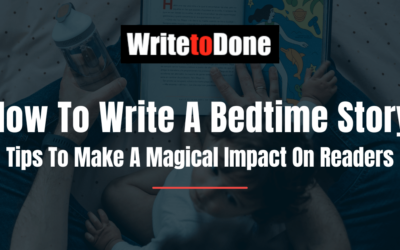Why do you need to grab attention online?
It comes down to a desire all aspiring writers have in common: to get more readers.
Do you dream of having masses of readers who can’t get enough you?
You can make it happen, but you need to get your name out there.
If you’re hidden in the shadows, nobody will find you and nobody will read what you write.
Luckily, both nonfiction and fiction writers can become known and loved, long before they publish a book. And that is through writing on the Net.
Whether you create an author platform or gather readers by writing blog posts, one thing is important:
You need to learn EXACTLY how to grab attention on the Net.
This will enable you to step into the spotlight and be noticed.
In this article, I’ll share 3 tips on how to fix your online writing to get more attention, more readers, and have more success.
All three tips are rooted in the science of reader behavior:
1. Use cinematic writing.
2. Add visual impact.
3. Feed the informavores.
Let’s start with cinematic writing. As celebrated editor Sol Stein said, ‘Readers, transformed by film and TV, are used to seeing stories. The reading experience… is increasingly visual.’
1. Use Cinematic Writing
To make your writing more visual, you need to use techniques like setting the scene, zooming in, panning the surroundings, and using words to make pictures.
Here is an example of just some of the techniques:
Imagine the following as an introduction to a blog post with the title: How Challenges Can Trigger Success.
Have you ever felt the foundations of your life crumble?
Like it happened to entrepreneur Mike Bridavsky.
“I had no job, I was $110,000 in the hole, and I had no way to get money. I started crying hysterically. I had a nervous breakdown, and my friends had to take care of me.”
In addition to his money worries, his girlfriend had just left him and his band hadn’t had a gig for 7 months.
You can imagine how desperate Mike felt.
While he was down in the dumps, a weird turn of events made him extremely successful. (I’ll tell you about it a little later.)
If this was the start of a blog post, would you read on?
I would, because reading the introduction above has made me invested in Mike’s problems and I want to know what happened next.
Here are the cinematic techniques I just used:
- Set the tone: “Have you ever felt the foundations of your life crumble?”
- Give bare context: “… entrepreneur Mike Bridavsky.” All the reader needs is a few signposts to show who the protagonist is or what the setting is. Give too much context and readers will click away before reading it.
- Zoom in: Start the story with a person’s experience. Once you’ve zoomed in, you can zoom out and add a wider context.
In contrast, below is a writer who used this story in an introduction to a blog post in a way that makes readers click away.
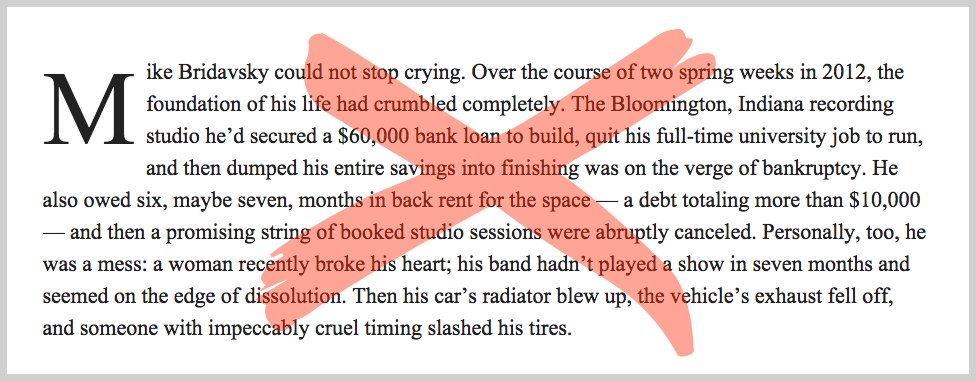
As you can see, that is too much information for an introductory paragraph!
It doesn’t make you warm to Mike because this long paragraph gives an overview of his life at that time, instead of zooming in on Mike’s personal experience of this particular time in his life.
If you use cinematic techniques, your writing will attract a lot more readers and hold their attention.
2. Add Visual Impact
You may think that visual impact is just about using images, but there more important factors; factors that determine how we display what we write.
Let’s detour to cooking for a moment.
The Instagram chef ‘Jacques La Merde‘ found that presentation is everything when she started plating up junk food like high-end cuisine.
Here is a Filet o Fish Value Meal plated up to look like a meal in a 3-star Michelin restaurant!
Created by @chefjacqueslamerde on Instagram
Or this one made of pop tarts…

Created by @chefjacqueslamerde on Instagram
The presentation catches your attention, doesn’t it? (The Instagram Chef who created these wonderful spoofs was later outed as Christine Flynn, the Executive Chef of a well-known Toronto restaurant.)
‘Presentation is everything’ applies to writers as well. To demonstrate, I’ve got a quick quiz for you.
Take a look at the following excerpt from a blog post and quickly decide whether you would click on the button “Read Full Text.”
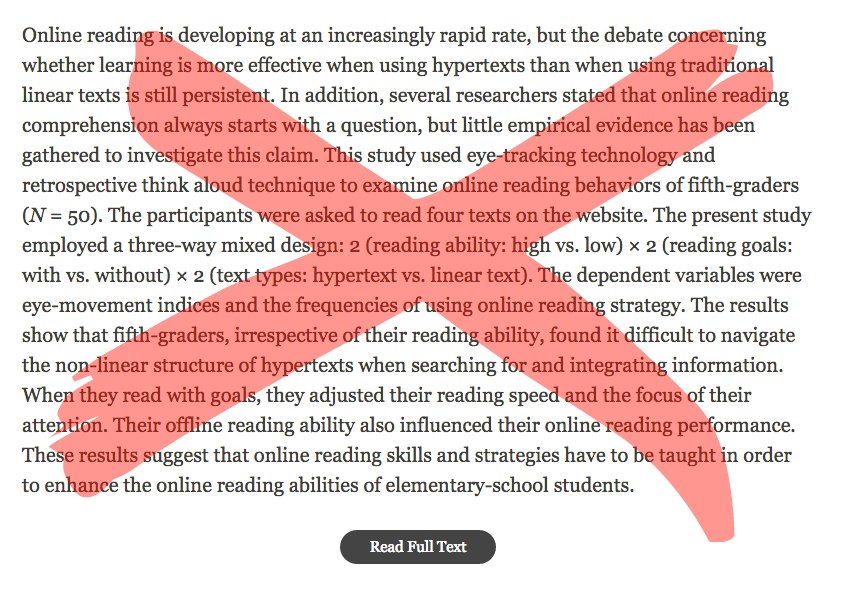
Would you have clicked the button?
I would be surprised if you said ‘Yes!’ See, the problem with this piece of text is not the content; the problem is that it is visually unappealing.
Readers make an instant decision whether to they want to read something or not.
If it looks like a dense piece of text like this one, it looks like too much work to read it.
Readers are drawn to scannable text online.
If you format your blog posts to make them scannable, you can grab your readers’ attention and keep them reading.
Here are the 5 most important tips for making text scannable:
- Use short paragraphs for ease of reading, especially in the introduction.
- Show the bones of your post by using subheads and bolded or italicized text.
- Use bullet points to put your information across.
- Use white space (i.e. use space on the page that has neither text nor images) to make a text more digestible.
- Use images to break up your text.
The Science behind Scannability
According to the Nielsen Group, improved web writing and formatting can be measured objectively.
They published their findings in the article How Readers Use the Web.
In their experiment, they started with the paragraph below:

They then applied principles of concise text and scannable layout to this information to see whether these changes would make a difference.
Here is the altered text:
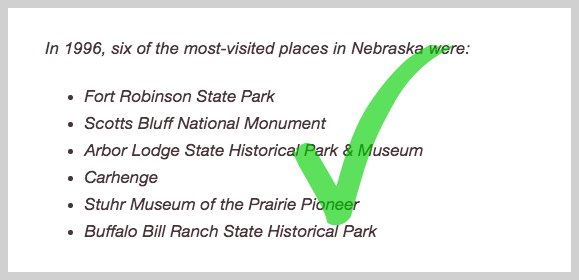
The second version rated 124% higher in usability improvement.
This means that you would get 124% more readers actually finishing your post and sharing it!
As you can see, learning how to create visual impact is a crucial skill for online success.
Of course, this also includes using images! In fact, blogger Neil Patel suggest using an image every 200 words.
Here are some stats about the sharing of articles with and without images by Buzzsumo:
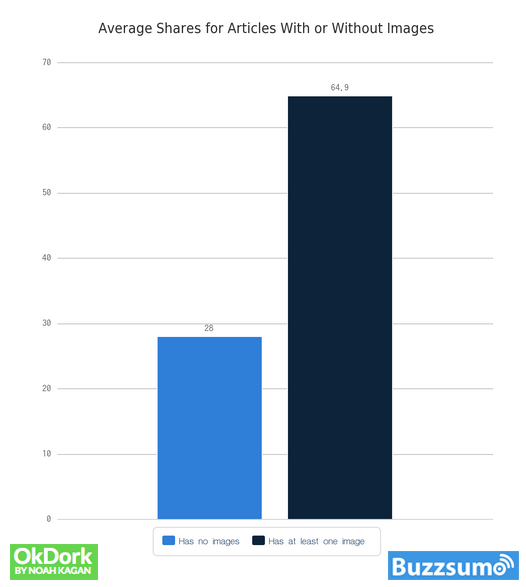
3. Feed the Informavores

“Web users behave like wild beasts in the jungle,” said the usability expert Jacob Nielsen.
He took his inspiration from Peter Pirelli, a cognitive psychologist who coined the term information foraging. His information foraging theory shows that readers often seek information online in a manner similar to the foraging behavior of wild animals.
Web users track the scent of information.
Your readers will stay if the scent of information they are looking for on your website is strong.
They’ll scan a new post in seconds, and if they don’t ‘smell’ what they need, they’ll leave.
That’s because online readers are informavores—organisms that consume information.
Jacob Nielsen described Web readers as selfish, lazy and ruthless!
This means that your readers are looking for information that benefits them, and is easy to assimilate. They are willing to leave immediately if they don’t find what they are looking for.
You only have moments to make them stay, so you need to lay a trail.
How to lay an information trail
In order for your information scent to be strong, you need to lay a trail that has a clear destination.
Here is how I explained this in my post Is Your Writing Missing This Crucial Ingredient?:
The simple truth is: if readers feel disoriented, they tend to leave. Your blog post needs to be a journey for your reader, a journey with a point of departure and a clear destination.
Your headline should clearly “signpost” where your blog post is heading. Next, you need to craft an introduction that gives readers a sense that they’re going to find the information you promised in the headline.
Readers tend to scan the headline and the introduction. If they find words that signal the information scent they are searching for, they will most likely read on.
In fact, you need to carry the information trail right through to the end in order to keep your visitors reading.
How to Grab Attention Online: The Conclusion
As you can imagine, there is a lot more to be said about how to grab attention online.
However, the three tips I covered will help retain the interest of your visitors and lift your subscriber numbers.
Here they are again:
- Use cinematic writing,
- Add visual impact, and
- Feed the informavores.

